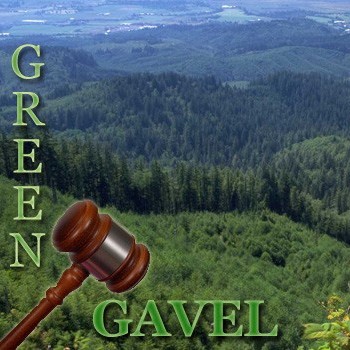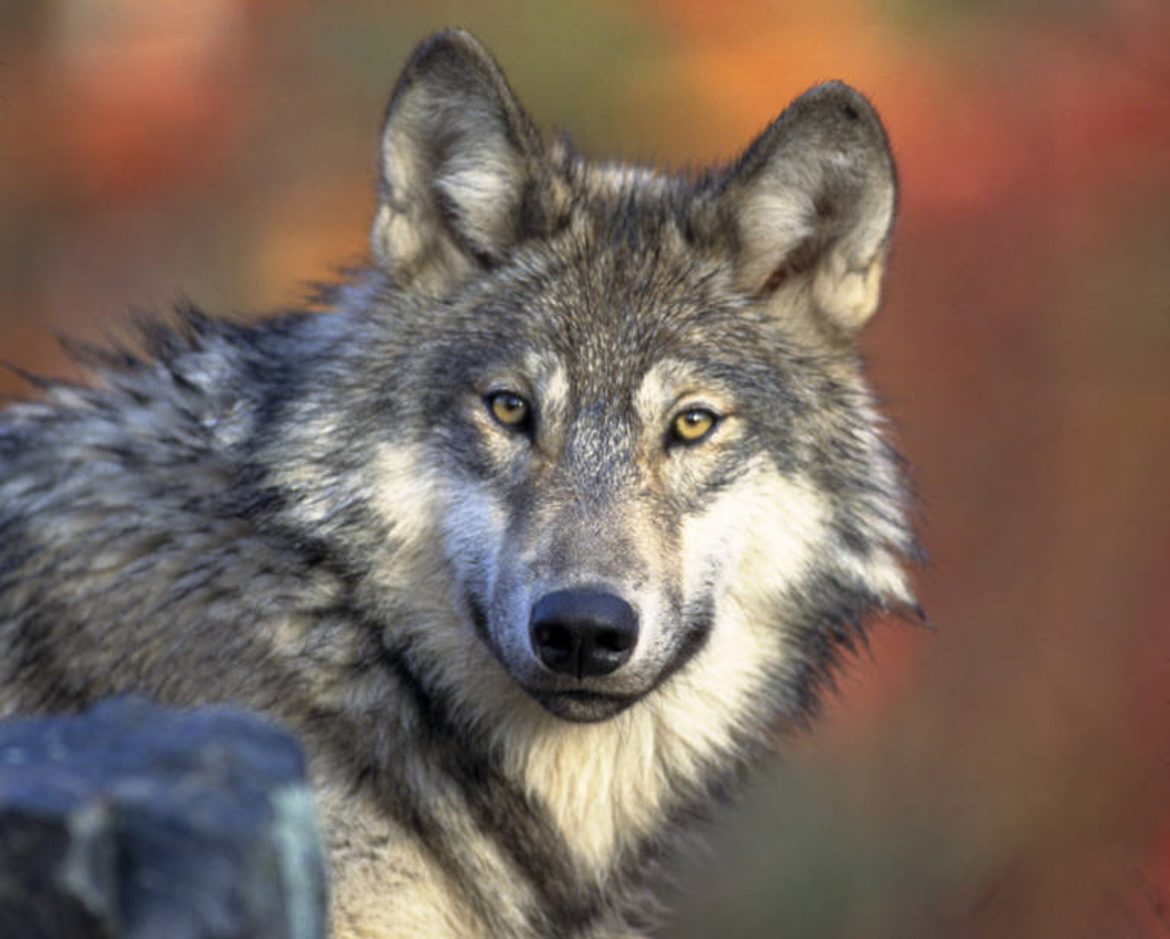By Elinor Epperson
Michigan’s Department of Environment, Great Lakes and Energy has updated an online tool that maps which communities may be most susceptible to adverse effects from pollution. The department first released MiEJScreen as a draft in 2022, but released an updated version in early August after seeking public comment. It says it hopes the tool will make it easier for advocates, residents and government officials to understand how environmental contamination affects different populations in their community. The tool combines data about health, socioeconomic and environmental factors to determine which communities are at higher risk of adverse effects from pollution. The data reflect what residents have known for a while, Regina Strong said.







